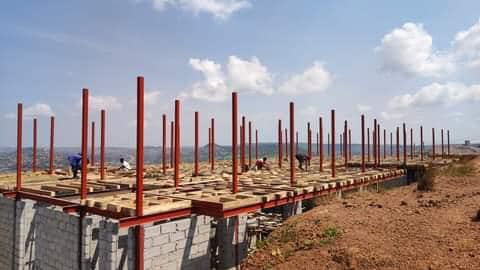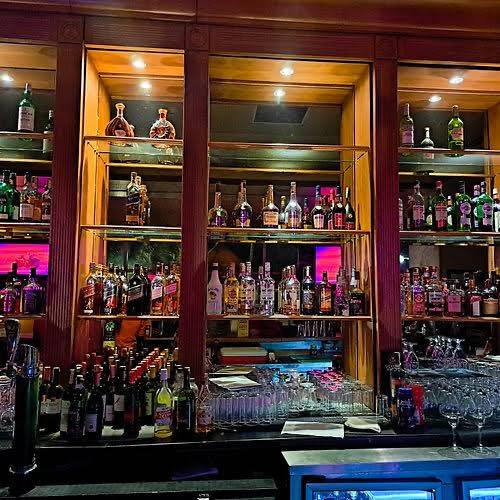#OutToLunch Banning steel timber concrete construction method is counterproductive
By Denis Jjuuko
In a country with a shortage of approximately 2.4 million housing units and growing by 200,000 units annually, the cost of housing is always a constant issue on people’s lips. Owning home is one of those new year’s resolutions for most people in Uganda.
Also, owning rentals is one of the top investment decisions for most people. Rent income is considered safe for many people which doesn’t require much effort once the construction is complete. To prepare for retirement or any eventualities, many people invest in buildings for rent.
But the cost of building is always a constant thought for how far people could go. Any method that one may consider cheaper, they would go for it. That perhaps explains the recent craze for the steel-timber concrete composite method where wood was used as major material for reinforced slabs for storied buildings. If you live or work in greater Kampala, you have seen these buildings using steel beams or even pipes instead of concrete pillars.
Two weeks ago, an image went viral on social media of such a building that had collapsed while under construction prompting a debate on the safety of such methods. The Minister of Works and Transport was swift in issuing a statutory instrument prohibiting their use. The minister’s document said that “the use of steel-timber concrete composite building method is not safe and is prohibited in any building operation.” Many people welcomed the decisions as a right one to safeguard people’s lives and their investments.
Although the decision could have been the popular one, it also kills innovation and doesn’t help in making houses in Uganda more affordable. If you go to Kikuubo or any part of the country where old storied buildings are being demolished for new ones, you will notice that the slabs were solid so they didn’t use clay maxpans or free spans that are so common today and considered safe.
Maxpans which originally where concrete became clay when companies like Uganda Clays started making them. They have lowered the cost of making suspended floors by reducing on the weight of the building as well as the number of steel bars and mesh and such other materials necessary. Because of the reduction in cost due to innovations by maxpans, many people have been able to construct storied buildings.
To further reduce the cost of reinforced slabs, some companies have come up with what they call waffles which are concrete but use less materials compared to the current preferred method of maxpans. So the steel timber concrete composite building method should not have been prohibited at the moment but rather more studies should have been done to ensure that it is safe. There are more steel timber concrete composite buildings collapsing today under construction than those of steel timber composite method. What happens to those people who have already put up their buildings? Are they going to be all condemned? The minister’s notice was silent on this.
In countries like India, bamboo is used instead of steel bars in concrete pillars for storied buildings. In California, timber is used in building storied houses and buildings up to 18 floors. Prohibiting innovative building methods is akin to throwing away a baby with the bathwater. What is needed are proper guidelines to use such methods because steel timber concrete composite methods could succeed, build capacity of workers and reduce the shortage of housing units. If we had banned the use of maxpans in the 1980s, the cost of building storied buildings wouldn’t have been at the level they are today.
The prohibition of the steel timber concrete composite building was made in consultations with the National Building Review Board (NBRB) which is said to have done a study and recommended that the method is dangerous according to a report in the Daily Monitor. The same study could have recommended the best way to use the steel timber concrete composite method.
For example, what kind of steel should be used, what is the recommended spacing, recommended welding methods, height of the building, estimated number of users for the building and what type of wood among others should have been part of the recommendations for those who prefer to use this method. Institutions such as Makerere University and indeed NBRB and the various engineers’ associations could have started short term refresher courses for workers involved in this so that only those certified would carry out the construction.
The local governments that supervise the construction of buildings would then ensure that anybody who is using this method has the competence to do so. In a few years, the country would have built capacity thereby further reducing the cost of construction just like maxpans did a few years ago.
The writer is a communication and visibility consultant. djjuuko@gmail.com











